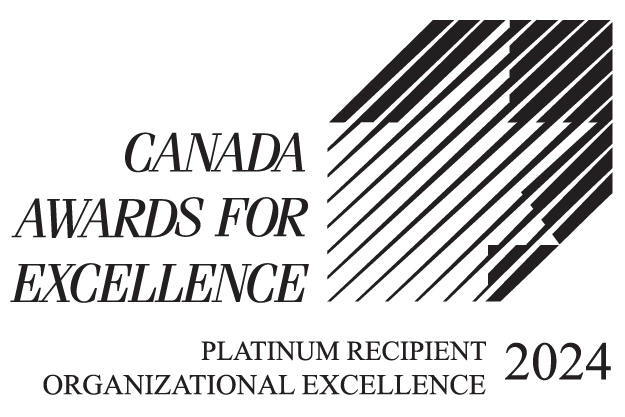
By: Scott Belton, Hub International, provider of the Engineers Canada-sponsored Secondary Professional Liability Insurance Program

Like the proverbial doctor, who can hardly set foot outside without someone asking for advice, many engineers find themselves answering questions from friends and acquaintances.
But if a building collapses or a major flood hits the area, damage can become widespread. And when that happens, often many years after the advice has been dispensed, memories will be hazy, and no one will really remember who said what.
An informal agreement made with a handshake simply is not enough to protect an engineer. Even experienced, professional engineers take on an enormous amount of risk – which means they can still get dragged into a lawsuit.
In other words, engineers who are considering going out on their own must craft a contract to protect them in case of a claim. Sole proprietors may not have the experience to know what kind of risk they are taking on and how it can impact them, so they must be careful.
In a worst-case scenario, even minor issues can turn into full blown litigation, putting an engineer’s personal property and finances at risk if they have not taken appropriate steps to protect themselves – including creating a contract for each job.
A good contract is the cornerstone of a solid risk management plan. At a minimum, sole proprietors who are creating their own contracts must take care to include these terms:
- A clear written scope of work: The most critical piece of the agreement is the outline of the work itself. Use simple, clear language and avoid jargon. Equally as important, the contract should also specify what is beyond the scope of your work – tasks you will not perform or be responsible for.
- A limitation of liability clause: A limitation of liability clause restricts the amount of money or damages that the other contracting party can collect from you in the event of a dispute This is often a point of negotiation but common limitation amounts are the fee you earned for the project or the amount of available professional liability insurance you have in place – or some other specific amount you name in the contract.
- A dispute resolution clause: A dispute resolution clause sets out the process by which disputes relating to the contract will be addressed. Look to establish mediation (a meeting with a third party who collaborates with you and your client to reach a compromise) as the agreed upon method of dispute resolution before moving on to arbitration or a trial.
- Standard of care language: The standard of cared owed by an engineer is only to provide their services in a manner consistent with the degree of care and skill ordinarily exercised by members of the same profession currently practicing under similar circumstances in the same place. Not perfection. Negotiating appropriate standard of care language in your contract can help establish realistic client expectations. It’s important to also be aware that agreeing to an elevated standard of care in your contract can negatively impact the coverage afforded under your professional liability insurance.
Finally, seek legal counsel. In the end, a contract is a legal document, and it is in your interest to make sure you are covered properly.
About the author
Scott Belton is the Vice President of Professional Liability at global insurance brokerage Hub International. His team works with Canadian professional services firms and technology companies to provide risk management and insurance solutions. They provide advice and actionable insights to clients on their Professional Liability/Errors and Omissions, Cyber & Privacy Liability, Directors & Officers Liability, and commercial insurance needs. Hub International is the provider for the Engineers Canada-sponsored Secondary Professional Liability Insurance Program.


